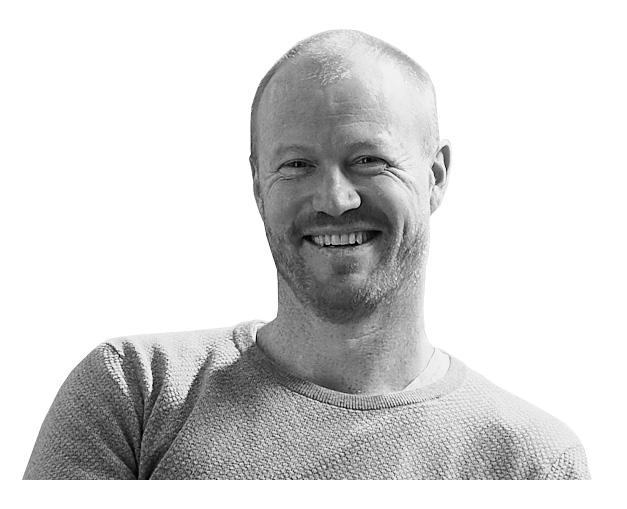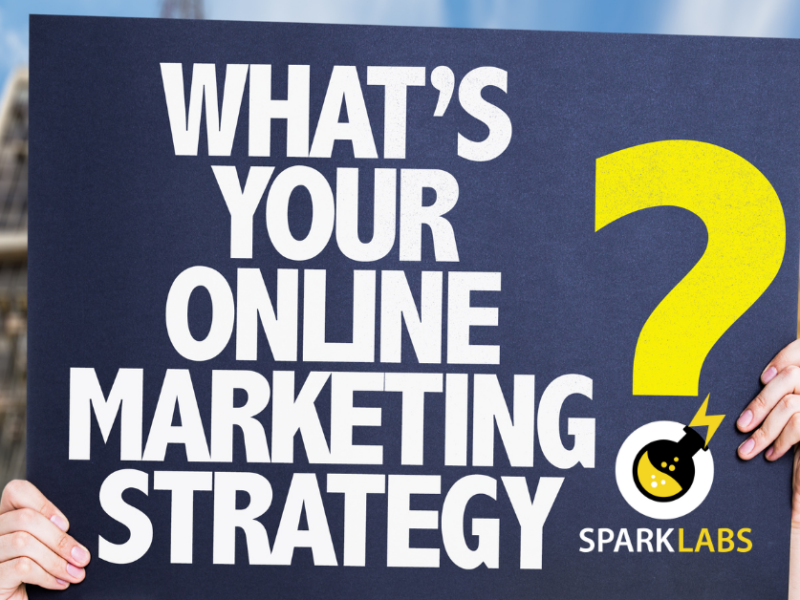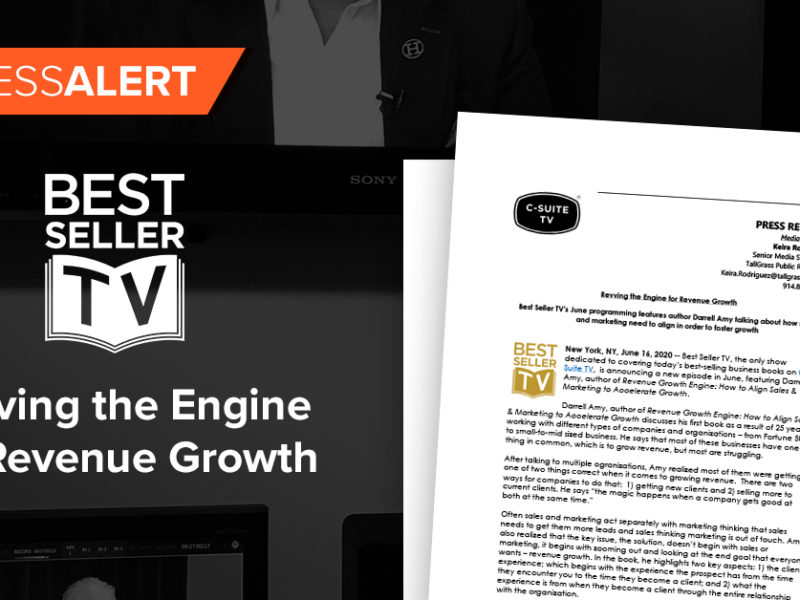
CMO interview: Intent-based marketing turns Temple & Webster’s fortunes around
CMO interview: Intent-based marketing turns Temple & Webster’s fortunes around https://csuiteold.c-suitenetwork.com/wp-content/uploads/2018/03/svenlindell_tw_cmo_1_1.jpg 627 509 C-Suite Network https://csuiteold.c-suitenetwork.com/wp-content/uploads/2018/03/svenlindell_tw_cmo_1_1.jpg
To amalgamate three brands into one, while simultaneously streamlining costs and improving profitability and customer satisfaction and brand recognition, is no mean feat.
However, this is exactly what Temple & Webster has achieved in two short years. 2017 half-yearly results show the recently floated retail brand improved its net loss after tax and EBITDA by 84 per cent over the previous year, and year-on-year revenue growth from January 1 to February 15 improved 21 per cent. Added to this, T&W improved its NPS score by 30 per cent, and brand recognition by six points.
Sven Lindell joined Temple & Webster (T&W) as CMO at its lowest point in five years. Revenue was in decline and marketing spend was way over budget. To turn all this around, the company set about consolidating three brands: Wayfair, Milan Direct, and Temple & Webster, into one consumer-facing brand, restructuring the business, and refocusing marketing spend. This was all while simultaneously growing active customers and average order value.
Once Lindell was on-board, he set about streamlining marketing budgets and processes by taking a highly analytical approach to marketing and digital advertising, which had the added benefit of strengthening the brand.
“T&W was a members-only shopping club two years ago. When looking at building a bigger business set to float on the ASX, we decided to bring three brands into one,” Lindell told CMO.
“After a rocky start following the float, I came in to look at how we could restructure and build the business with the new CEO. First, we removed some of the unnecessary duplication within the business. The mission and brand proposition around T&W resonated well with our customer set, and we had a lot of high customer satisfaction. Wayfair had fantastic technology platform and technology stack to build an ecommerce business, and Milan Direct had a really strong private label business and strong connection to the manufacturing space.
“Using the best of all three, it’s taken a good couple of years to amalgamate them. So to grow the business has been a challenge, but we have managed to achieve profit growth while reducing operating costs, which is a huge achievement for any retail brand.”
The benefits of intent-based marketing
T&W had to drill down into what it wanted to focus on. Lindell said a key decision was flipping the marketing strategy to intent-based marketing, which had the added advantage of building the brand. The company also spent a lot of time understanding the SEO and domain authority of existing brands, which pages were ranking for which customers, and making sure as much of that authority flowed through to the single brand as possible.
“I liken it to taking three buckets and pouring them into a new bucket, and making sure the bucket can hold. Part of having the right technology stack that can cope with the amount traffic increase, and from the SEO perspective you’re doing the right thing and transferring as much brand goodwill as possible,” Lindell explained.
“We know bigger is better in the ecommerce market, so ensuring we have the largest range is really important to us. And we wanted to keep the heritage of the T&W brand by building out the most inspirational content in the space, coupled with fantastic delivery and customer service.”
Automation and personalisation have been key to this over the past two years, Lindell continued. “That has helped us reduce marketing costs, while still growing the business from a profit and revenue point of view.
“Intent-based marketing is really interesting. Plenty of marketers still focus on the broad ways to acquire customers, but they’re not really using their first-party…




